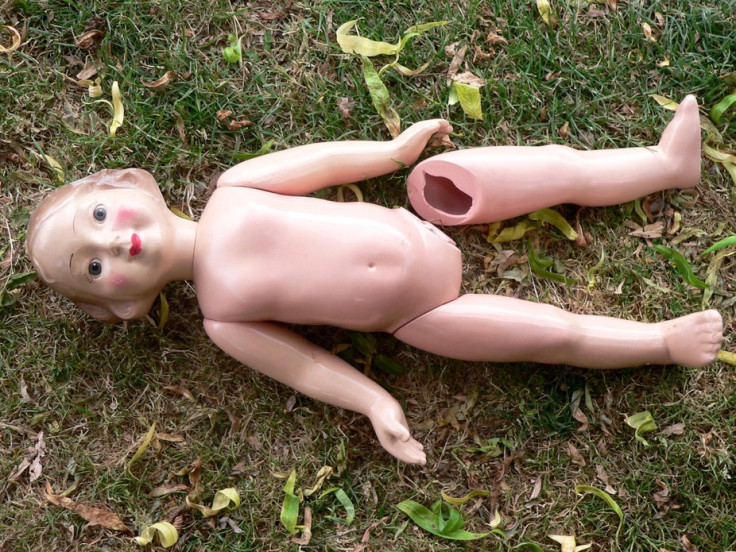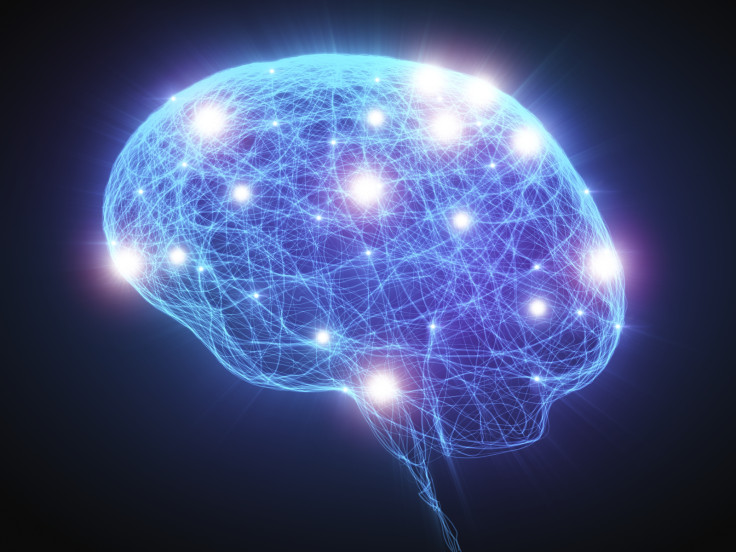Xenomelia: New hope for people obsessed with amputating one of their own limbs

Anna Sedda, Heriot-Watt University
One of the strangest conditions we psychologists come across causes people to want to maim themselves. Known as body identity integrity disorder (BIID) or xenomelia, it usually involves a desire to amputate a healthy limb. More rarely it can manifest as a desire to be paraplegic or blind. In all cases, sufferers feel their body is not complete in its current state. They exhibit no other psychiatric condition.
Sufferers tend to keep their desire secret for fear of being judged, which is an added challenge when it comes to diagnosis. They agree it is strange and irrational, and in many cases even their partners are unaware. They are plagued by the feeling that their body is not how it should be, suffering overwhelming distress in the process.
Partly because of this secrecy surrounding BIID, we don't know a great deal about the extent of the problem. What we do know is that at present there is no "cure" other than the maiming itself. Drugs and classic psychotherapy do not eliminate the desire. Recent research gives us reason to believe this may soon change, however. Emerging techniques may make it possible for sufferers to remain able-bodied or keep their vision while shedding their desire to self-harm.
At present, individuals with BIID often end up seeking amputation by means of extreme and dangerous methods. The life threat often seems more bearable than the suffering.
There have been reports of individuals cooling a leg with ice to the point that when admitted to hospital, doctors have no choice but to amputate. The only two known surgeries performed "legally" were actually in Scotland in the 1990s at an NHS hospital in Falkirk. The surgeon ended up having to defend himself in front of an ethics committee, and a decision was taken to prevent any further operations.
The upshot is that those who don't self-amputate often end up going abroad and paying surgeons to operate illegally – indeed one of the Scottish cases was a man who had flown from Germany for the operation. The destinations of choice are said to be in Asia. A US study from 2005 showed that of 52 sufferers recruited over a six-month period, 27% attempted an amputation. A more recent German study of 21 individuals showed that 47% went abroad to get surgery. Virtually nothing is known about other countries.
Causes and effects
We don't know how long BIID has existed, except that first reports date from 1977. The first group study only took place in 2005 and the condition is not yet classified as a disease. Yet there has been an important shift in how it is perceived. Where it was originally researched as a psychiatric condition, more recently it has been more of interest to neuroscience.

The neuroscientific evidence is starting to indicate that sufferers have a dysfunction in the areas of the brain related to the representation of our bodies. Though the results are not yet final and the possible psychiatric components of the condition should not be ruled out, the findings are a useful step forward.
Researchers recently experimented on BIID sufferers with a neuroscientific technique called caloric vestibular stimulation. The technique involves stimulating the vestibular receptors in the left ear using a syringe of cold water with a soft tube attached to it. The technique is known to modify how we represent our bodies, though unfortunately it is very specific and only acts on some components of the part of the brain in question. That may be why it was not effective in this case.
Yet there are promising alternatives that have not been tried in relation to the condition. One is called transcranial direct current stimulation, a non-invasive technique that delivers a low-voltage electrical current to a patient through two electrodes on the scalp. It has been used in recent years to successfully study how people represent their bodies to themselves and to modify the extent to which brain-damaged patients are conscious of their actions. This suggests it might restore to BIID sufferers a balanced sense of their body that includes all their limbs.
Then there is mirror-box illusion, a technique known to alter our awareness of body actions and the extent to which they seem part of us. It involves getting a patient to look at the reflection of a limb through a box with a mirror.
Researchers have shown this can affect a person's sense of control over their actions, as well as to reduce or even eliminate the phantom pain that some people experience after an amputation.
So while we are still working towards understanding this very difficult condition and developing a treatment, the good news is that there is reason for optimism. It could well be that a few years from now, sufferers will be able to seek treatment rather than living with the shame and constant desire to do themselves harm.
Anna Sedda, Assistant Professor of Psychology, Heriot-Watt University
This article was originally published on The Conversation. Read the original article.
© Copyright IBTimes 2025. All rights reserved.





















